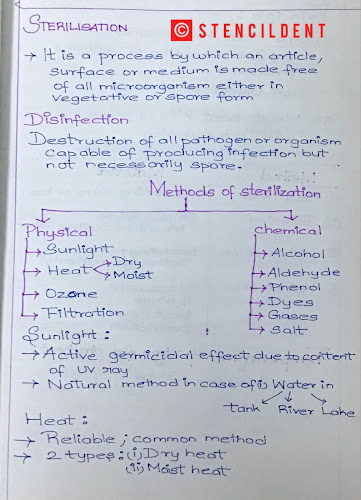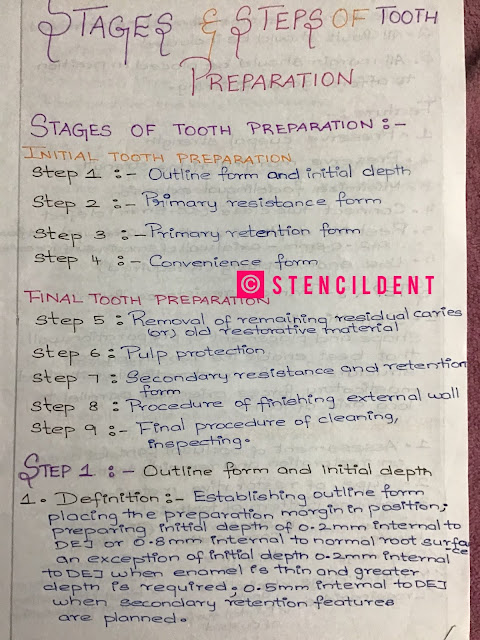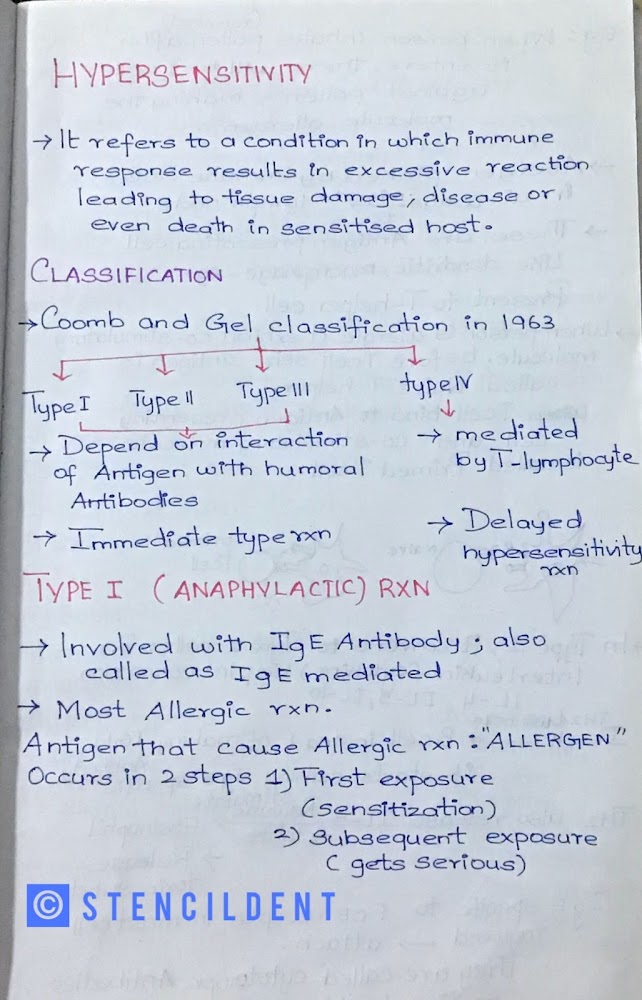Classification of composite resin material based on filler size,viscosity,matrix,polymerization methods
CLASSIFICATION OF COMPOSITE RESIN MATERIAL:
I)BASED ON FILLER SIZE:
- HOMOGENEOUS- MACROFILLED,MINI,MICROFILLED
- HETEROGENEOUS
- HYBRID
MACROFILLED:
- The original composite resin material were macrofilled
- Material have high level of loading
- Particle size is 4 -40 microns
Advantage:
- Strong as high loading
Disadvantage:
- Filler particle harder than abrasive
- When polished : soft matrix was worn away,exposed large,hard filler
- It becomes rough therefore they are not polishable
- It has poor wear resistance
MICROFILLED COMPOSITE RESIN :
- Due to poor polishability of microfilled composite resin
- Material have uniform filler particle size 0.04 micron,low level of filler loading
- Low level of filler loading
Advantage:
- Very polishable ,hence excellent esthetics
Disadvantage:
- Low modulus of elasticity ,therefore not suitable for stress bearing area.
Contra-Indication:
- Class 4 restoration
- Restoration of posterior teeth
HYBRID COMPOSITE RESIN MATERIAL:
- Combination of small and large filler particles
why was this material discovered?
- High filler loading
- Improve wear resistance
- Adequate polishability
- Excellent material for both anterior and posterior restoration
- Filler particle size 1-2 micron
- Material are quite,polishable,wear resistance equivalent to amalgam
- Its available in wide range of shades and translucencies
- Contemporary hybrid composite is of microhybrid and nonohybrid they have excellent handling characteristics
- Esthetic potential
- High filler loading
- Adequate wear resistance
Advantage:
- BIS-GMA( Bisphenol- A glycidyl dimethacrylate)
- They form a highly cross linked strong,rigid durable polymer
- Matrix is a continuous phase in which reinforcing filler particles are dispersed
- Both Bis-GMA ,UDMA have high viscosity
- To facilitate more blending and manipulation :
- low molecular weight,highly fluid monomer such as TEGDMA is added to favour manipulation
- TEGDMA- Is added to favour manipulation
- TEGDMA- Triethylene Glycol Dimethacrylate
3)ACCORDING TO POLYMERISATION REACTION INITIATION:
A)CHEMICAL CURE
- Synonyms - Auto cure,Self cure
- Limited working time
- Poor long term colour stability
- Used primarily:
- core buildup material for extensively damaged teeth
B)LIGHT CURE:
- Original light cure material cured using ultraviolet light
- Contemporary composite material utilize visible light
- Advantage: Infinite working time,colour stable
C)DUAL CURE :
- Utilize : chemical cure +light cure technologies
- Primarily used as cement ,core material
- Setting reaction initiated by exposure to visible light.
4)ACCORDING TO VISCOSITY:
A)PACKABLE (CONDENSABLE ) COMPOSITE
- Material are hybrid composite resin to which large fillers have been added that can be condensed /packed similar to amalgam
- Addition of large filler result in poor wear resistance
B)FLOWABLE COMPOSITE RESIN MATERIAL
- Filler content: 35-65%by weight
- Convenient ,as it can be injected with a syringe to prepared cavity
Drawback:
- Reduced physical properties
- Increased polymerisation shrinkage
5)RECENTLY INTRODUCED COMPOSITE
A)LOW SHRINKAGE COMPOSITE RESIN
- Modern hybrid composite exhibit linear polymerisation shrinkage 2.2-2.4%
- if,shrinkage not compensated
- contraction gap formation
- microleakage
- postoperative sensitivity
- recurrent caries
- On experimental basis based on silorane technology its introduced
- Use resin polymer material:
- Exhibit low shrinkage
- Does Not depend on increased filler loading
C)BULK FILL COMPOSITE :
- Why was this material introduced?
- To simplify incremental layer procedure
- To minimize negative effect of polymerisation induced shrinkage
- Different types:
- Flowable base bulk fill composite
- Require conventional composite
- Used only for dentin replacement
Full body bulk fill composite :
- Replace enamel and dentin in single increment
- Decreased filler content +increased filler size :
- Increased translucency,increased depth of cure +reduced polymerisation induced shrinkage stress.
AIM OF THIS POST :
Today we started with listing out classification of composite -based on filler size,microfilled,macrofilled ,hybrid,matrix composition,according to polymerisation reaction-initiation - dual cure,chemical cure,light cure,according to viscosity packable condensable composite ,flowable composite and lasly recently introduced composite ,If this post helped you then do let me know in the comment section below .
This week we are celebrating as #classification week :
Concept credits: Aswathaman
Day-1
Topic credits : Lakshika Sree
The concept and title was suggested by our very own stencildent family to suggest us topics and concepts do get contacted with us in instagram as well .
Contact details:
Email: stencildent@gmail.com
Instagram: Stencildent
THANK YOU












Comments
Post a Comment